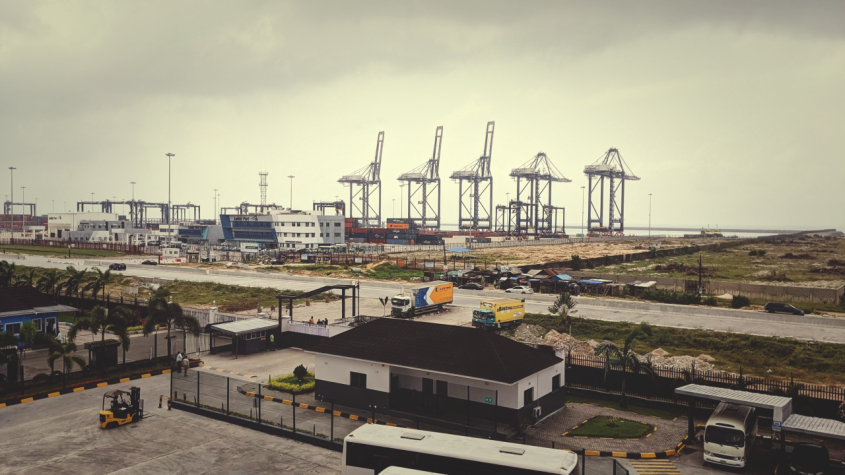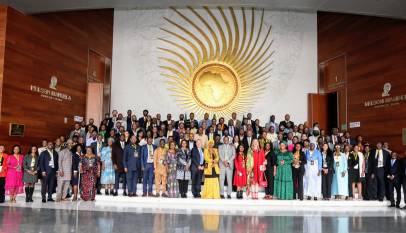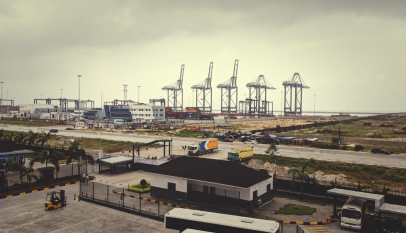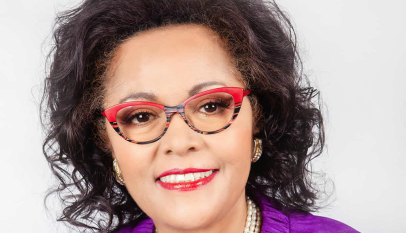OP-ED | A Trade War Could End Africa’s Manufacturing Dream, By Amit Jain
Amit Jain says, except for Morocco and South Africa, Africa has come late to the manufacturing class, noting that Trump’s trade war is making it even harder for the continent to realize its manufacturing dream.
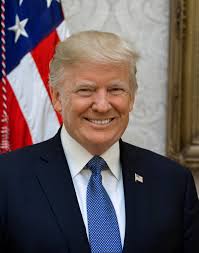
The trade war has begun. And spectacularly so. Henceforth, every item, no matter where it comes from, will be charged at least an extra 10%, making things expensive for the American consumer and costlier for the importer. But it will hurt Asia far more than Africa. The former exports finished goods. The latter raw materials. Asia is far more exposed to trade with the US. Africa is far more exposed to trade with China.
Most Africans will barely feel the direct impact of US tariffs on their daily lives. Workers in Asia will be hit hard, too. Millions of these poor souls have been toiling away for decades, making cheap flip flops, t-shirts, and shoes for a measly few dollars an hour in joyless factories. Now, they and their bosses could lose their livelihood. Although no one has been spared, China has been hit the hardest. Goods from China entering the US could face up to 75% tariffs – making exports of many things to the US pretty much unviable.
So, what do the Trump tariffs mean for Africa? To begin with, not a lot. The US is a relatively small export market for most African countries, and US trade with Africa has been shrinking anyway. It was over US$120bn 15 years ago. Today, it barely crosses US$67bn. The US accounts for no more than 5% of the total African trade.
There are some like Lesotho and Madagascar, who rely on the US for exports of apparel. Their industry will be hurt badly. But the one exclusive trade preferential programme that used to make headlines earlier – African Growth and Opportunity Act (AGOA) – is effectively dead. Few in Africa are, therefore, panicking over the tariff.
That does not mean Africa is entirely immune to this trade shock. A tit-for-tat tariff war between the world’s biggest trading nations could potentially derail the global economy. A slowdown of aggregate global growth would also mean a reduction of the demand for African raw materials. That would mean less revenues for those who rely on exports of natural resources putting further strain on already strained government budgets.
The era of cheap capital had already come to an end before Donald Trump was voted into power. Attracting investments now will become even more difficult. As uncertainty looms, capital has taken flight to safety. Emerging markets are no longer in favour with global fund managers. As if the cost of finance was not already high for Africa, it will get higher. That will not only make it difficult for Africa to finance its development it will also make it difficult to build the infrastructure it needs to become more competitive.
The biggest unanswered question is what will China do with all the excess manufacturing capacity it has? There are possibly two options. One, boost internal consumption to compensate for the loss of international market. Two, find alternative markets for the goods it makes. While it has been trying to reduce its dependence on the West for export sales, no single market is as lucrative for China as the US. The rest of Asia and Africa put together cannot out-purchase the US at this time.
The only realistic option left for China then is to revive domestic consumption and sell the rest in the international market below cost. That will almost certainly spell disaster for manufacturing in the rest of the world. Except for Morocco and South Africa, Africa has come late to the manufacturing class. Climbing the industrial ladder was already getting harder. It is about to get a lot harder.
Amit Jain is the Director of NTU-SBF Centre for African Studies at Nanyang Business School. This article was originally published on the website of the Nanyang Technological University, Singapore; the views expressed in it are those of the author and do not necessarily reflect African Newspage’s editorial policy.

